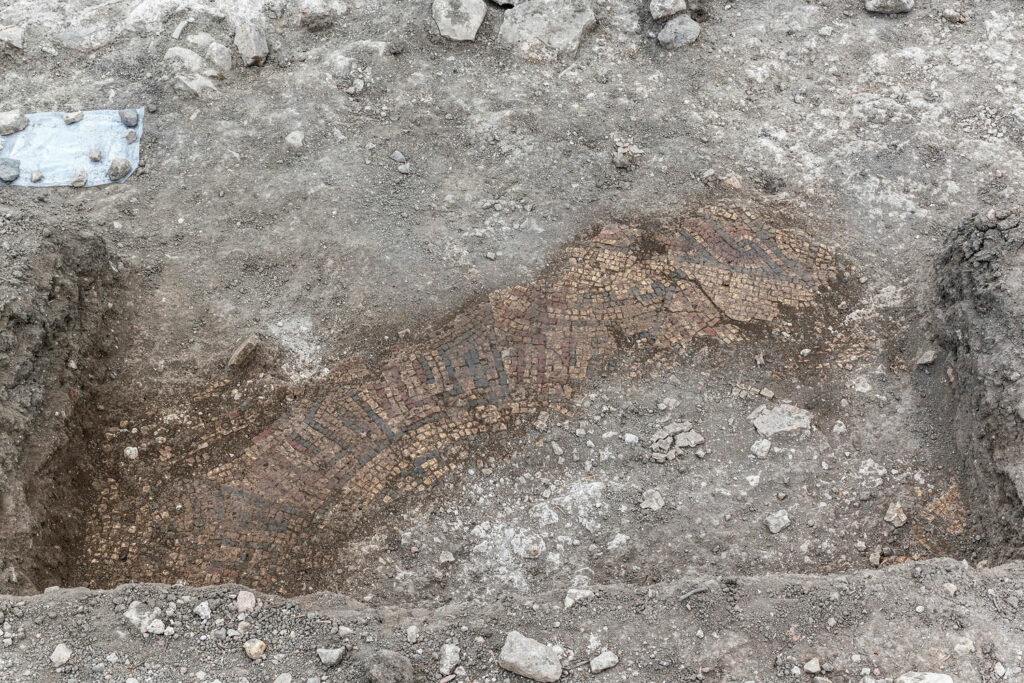VIZZINI, SICILY—TP24 reports that a Roman villa dated to between the second and fourth centuries A.D. has been discovered in southeastern Sicily. A geophysical survey conducted by Johannes Bergemann of the University of Göttingen revealed that the villa measured about 100 feet long and 40 feet wide. Its largest room featured a mosaic floor, parts of which have been destroyed by plowing. Bergemann also detected traces of additional structures in the surrounding small Roman village that date to between the second and sixth centuries A.D. Excavation of these sites revealed fountains with marble ponds; terra sigillata, a high-quality smooth, waterproof coating applied to pottery; and columns built with rounded bricks and coated with painted stucco. Bergemann said that such Roman rural settlements and villas had replaced Sicily’s earlier Greek cities. “This new settlement system, which was connected to the interior by long-distance roads, only existed for a few centuries. The house we discovered near Vizzini is an important testimony to this era,” he explained. To read about excavations of a Greek theater in the ancient city of Akragas, go to “Sicily’s Lost Theater.”
